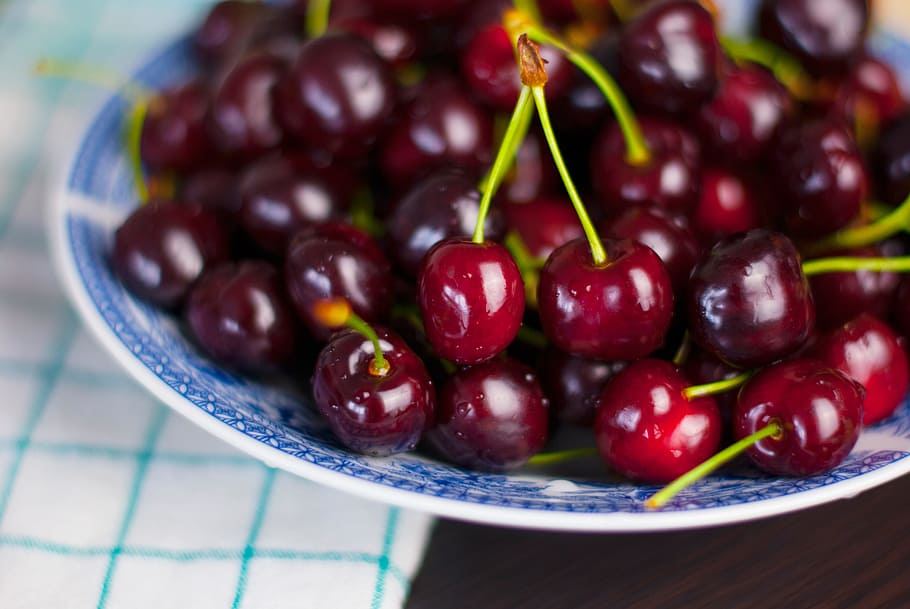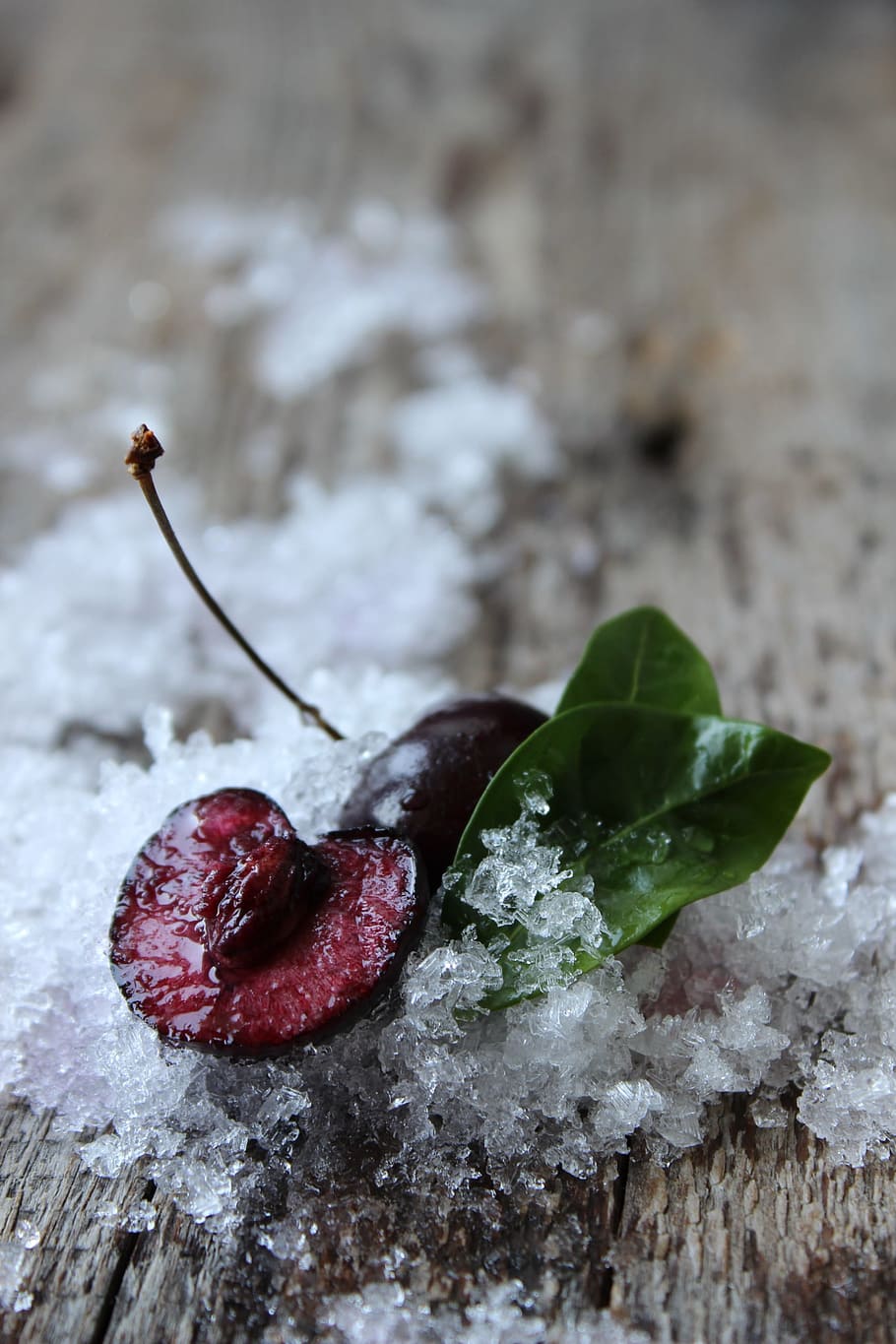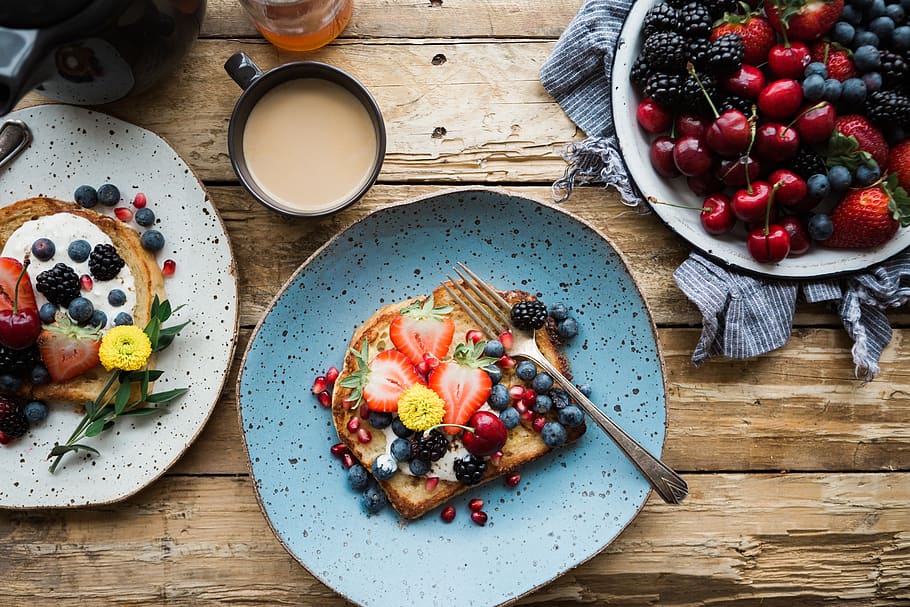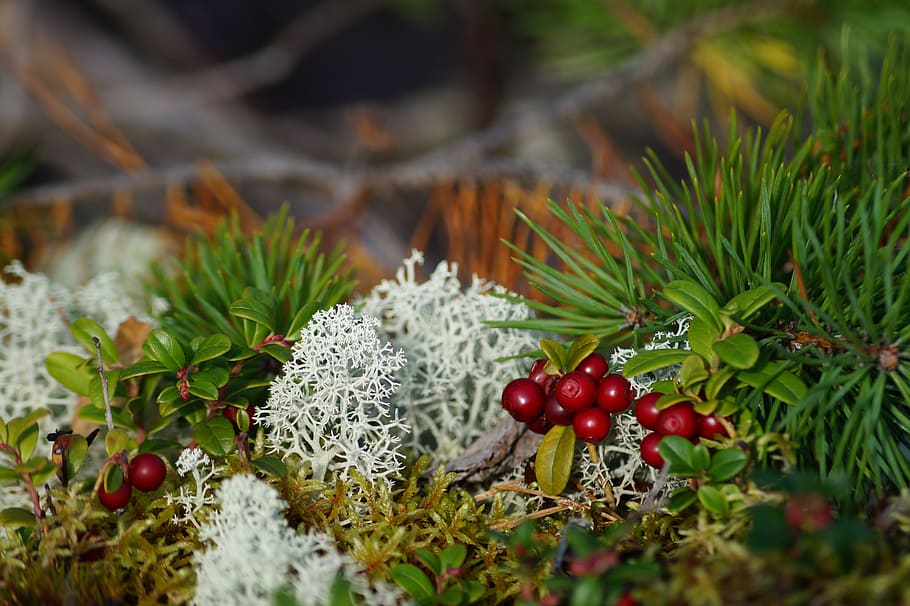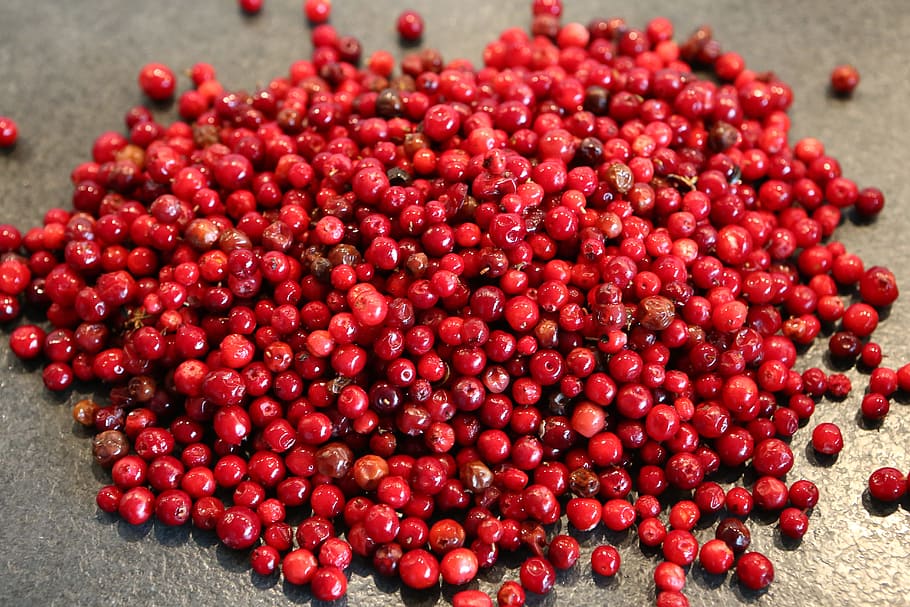Introduction to Pineberry / Introduction to pineberries
The pineberry is a crossover strawberry cultivar with a pineapple-like flavor, white tissue shading, and red seeds. Pineberries are really the most established strawberry assortment. Initially strawberries were white in South America (Fragaria chiloensis) and red in North America (Fragariea virginiana). In 2010 the pineberry was presented on April first in the UK. Numerous media thought it was an April idiots' joke and accepted the pineberry didn't exist. Anyway when it turned out the presentation of the pineberry was without a doubt, this exceptional strawberry got a ton of media consideration.
The pineberries accessible today are very delicate when ready and don't hold up well to delivery. Indeed, the powerlessness to keep them in a "new" state from the developing area to the store is the essential explanation you likely can't discover them on racks close to where you live. Home nurseries are, in this way, likely the best spot to develop them.
Regularly, the consideration and supplements got outside a business setting produce better natural products, as studies on developing natural strawberries are appearing. At present, the assortments of pineberries that are accessible don't create sufficiently high yields or large enough berries to increase broad acknowledgment and intensely enter the business markets like the pineberry's red-fleshed relative has. Be that as it may, as they have now been re-presented, new assortments will probably be reproduced. In the event that the trademark flavor is kept up while the size, yield, and immovability increment, those pale pineberries could have a splendid future.
It's name is gotten from the mix of two words. So word "pineberry" is a combination of the words "pineapple" and "strawberry" and alludes to a moderately new pale pink or light orange to white strawberry cultivar that is enhanced with red achenes.
Like the cutting edge Garden Strawberry (Fragaria x ananassa), the pineberry is a cross breed of the wild South American strawberry Fragaria chiloensis, which develops wild in certain pieces of Chile, and the North American strawberry Fragaria virginiana. The pineberry natural product is the aftereffect of cross-rearing, not hereditary building as has been asserted by a few.
Truth be told, the particular strawberry assortment whose hereditary qualities add to the striking appearance of the pineberry was "protected" by a gathering of Dutch ranchers. They found the source material in France.
They didn't discover and safeguard the pineberry from eradication in the wilds of Chile, as some have asserted. Following six years of plant choice and development, the plant energy and nature of the pineberry plants was improved, and the choice to start developing them for business creation was made.
ineberry spared from annihilation White strawberries were imperiled in the wild in South America, in 2003 Dutch ranchers spare it from eradication, when the first source material was found in Chile.
The plant reproducer "Hans De Jong" crossed (Fragaria chiloensis) with a current assortment (Fragaria virginiana) to improve the first pineberry. Following six years of plant choice and development, the plant energy and nature of the pineberry plants was improved, at last make a white half and half which strong, gainful plants and be accessible for business creation.
The organic product created by pineberry plants is extremely fragrant and has flavor that most state is suggestive of pineapple while holding the surface and feel of a strawberry. The pineberry, or pineapple strawberry, is to a greater degree an oddity at present.
They are created taking things down a notch in Europe and Belize and are not truly gainful because of the little size of the pineberries (enormous pineberries are not exactly an inch [2.54 cm] huge) and the low yield of pineberry plants.
The essential business cultivar is claimed by strawberry reproducer Hans de Jongh and the pineberries are sold by VitalBerry BV in the city of Made, Netherlands. Their provider is Holland's Beekers Berries who develops them in extremely enormous, business glasshouses. While the natural products are for the most part alluded to as "pineberries," the German word meaning pineapple strawberry, "ananaserdbeere," is every so often used to reference them as well.While the authority limited time materials commend the pineberry as a great taste understanding, some food pundits aren't as high on the recently popularized originator organic product.
It's flavor has been alluded to as watery, nippy, and having an aftertaste like an unripe strawberry. Be that as it may, as most things, taste inclinations are exceptionally abstract, and there are similarly various positive taste encounters on record. Along these lines, decide for yourself. The pineberries themselves are not broadly accessible economically in the U.S.A. How would you develop pineberries? Pineberry plants are developed simply like standard strawberries are developed, with one particular contrast.
So as to create the biggest conceivable harvest of the particular white natural products, it is important to have a pollinator strawberry in nearness. For each four plants, it is ideal to have one normal strawberry plant for fertilization purposes. The early outcomes show that the Sonata assortment is the best pollinator for pineberries when all is said in done, and explicitly the Natural Albino assortment. For more material assistance, go here: developing pineberries, strawberries.
Structure of Pineberry
The pineberry natural product is the consequence of cross-reproducing, not hereditary designing as has been asserted by a few. Pineberries natural products are a lot littler than a typical strawberry, estimating between 15 to 23 mm (0.6 to 0.9 in). At the point when ready, it is totally white, yet with red "seeds".The organic product tissue extend from delicate white to orange and is exceptionally fragrant with a slight pineapple flavor. The plant develops and spread around 25-45 cm and stature about 20cm.
Pineberry Varieties
Pineberries have been investigated and built up an imperceptibly limited quantity contrasted with the normal Garden Strawberry. Subsequently, while there are many one of a kind and beneficial assortments of your run of the mill strawberry, the pineberry assortments accessible today are not very many in number.
The assortment developed by VitalBerry BV can't, at present, be bought as strawberry plants, fittings, or crowns for home becoming outside of the Netherlands.
The pineberry assortments that are accessible are the 'White Pine', 'White Carolina', 'White D', and 'Normal Albino' cultivars.
The White Pine pineberries are vivacious and will send forward various sprinters. The trademark red-seeded white strawberries are gentle and have the pineapple strawberry taste for which pineberries are turning out to be notable.
To keep up the pale white appearance of the plump frill tissue of the pineberries, it is a smart thought to develop them in a glass house or other developing framework. The taste won't be discernibly extraordinary, yet full sun will cause a somewhat blue pink tint to hint the organic products.
A less cliché pineberry assortment is White Carolina. The pineberries presented to coordinate sun will for the most part have a more clear pink flush than the others. Moreover, this assortment is truly defenseless to leaf burn and will probably expect fungicides to control it. Natural fungicides might be adequate to hold it under tight restraints. This assortment will probably be supplanted if and when pineberry research grows more tough cultivars.
White D pineberries were created in Sweden and have a splendid future. There is the likelihood that the hereditary qualities that direct strawberry creation have supplied this assortment with everbearing properties. Should that demonstrate valid as testing proceeds throughout the following scarcely any years, this assortment would almost certainly turn into the most favored one, in any event until unrivaled cultivars are created.
Another positive factor for this pineberry is its natural product size. While still thought to be little, its berries are commonly bigger than the pineberries of the other accessible assortments. The smell of this assortment of pineberry is excellent and the pineapple flavor is mellow.
The most current pineberry assortment that has arrived at business accessibility is Natural Albino, an assortment licensed by and sold by Nourse Farms.
The berries despite everything convey the particular smell and pineapple-y taste that is looked for after, be that as it may, the natural product is very little: just about the size of a dime or a nickle. Furthermore, this assortment requires cross-fertilization with a good strawberry pollinator so as to set any natural product.
References:
1-https://strawberryplants.org/pineberry-pineberries/
2- https://www.researchgate.net/publication/297917057_Pineberry_Fruits
by Dr. Waleed Fouad Abobatta, www.waleedabobatta.com
3-
